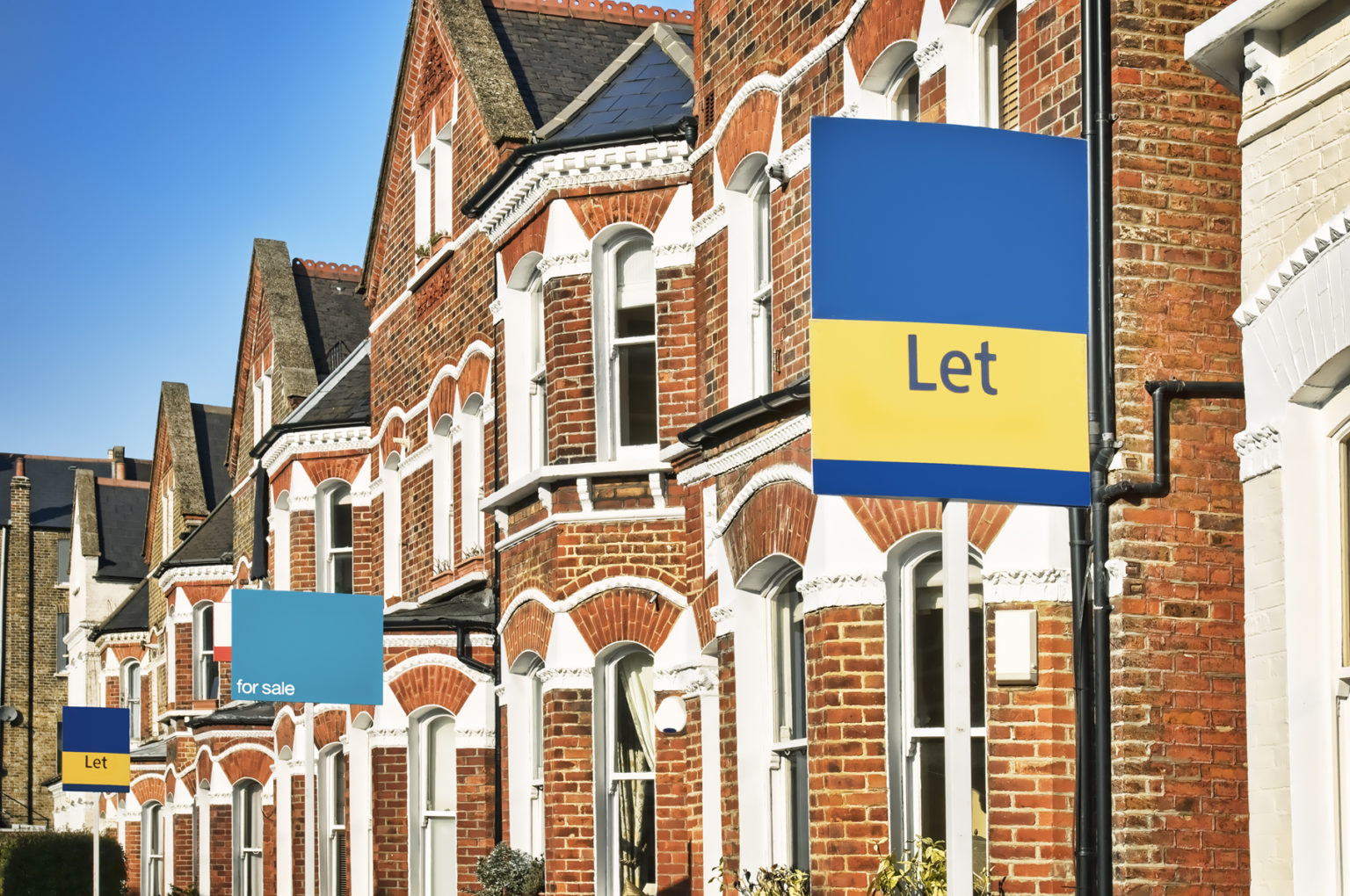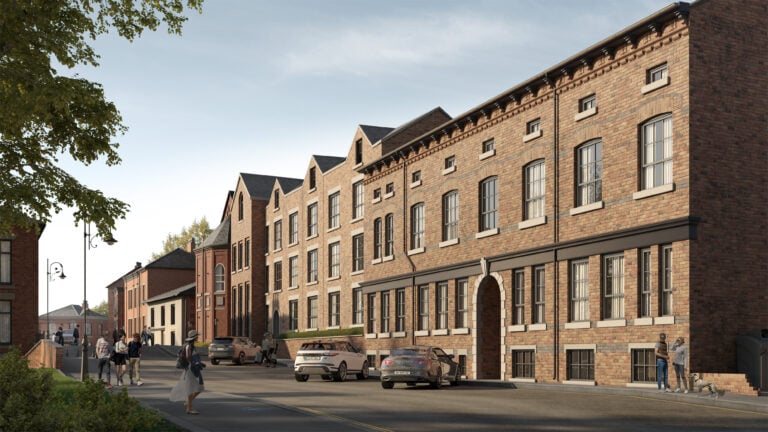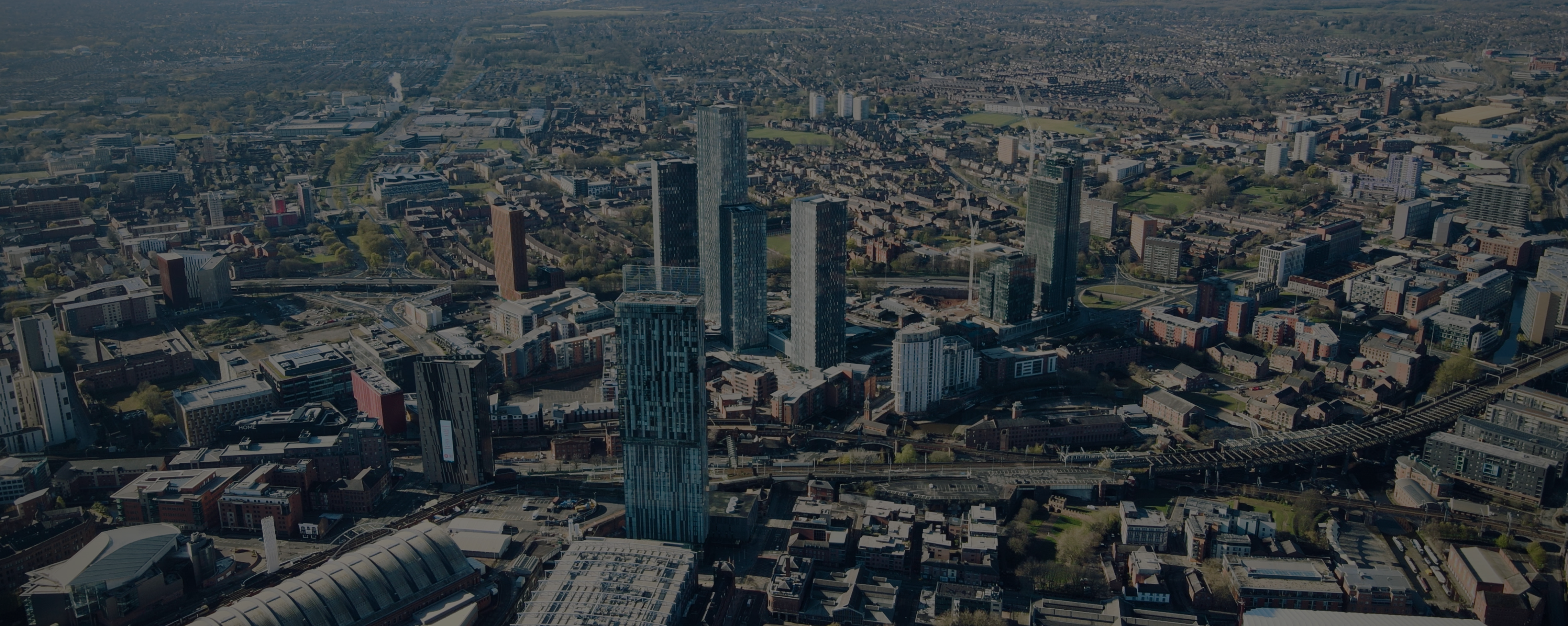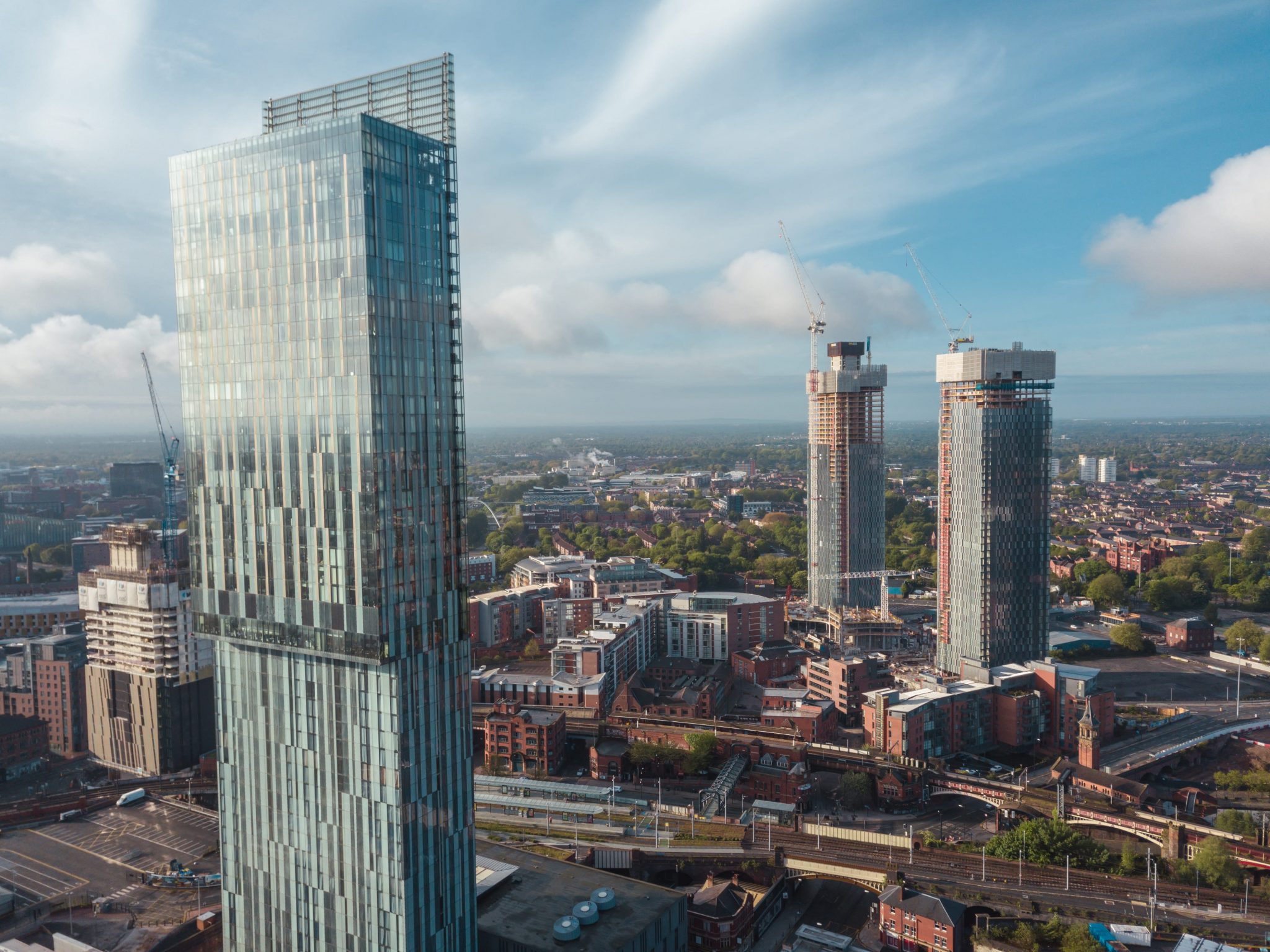Average rents continue to climb across much of the UK, and landlords continue to see strong interest in their rental property listings from tenants.
Demand for rental property remains sky-high across much of the UK, and particularly in the country’s most sought after city and town centre locations where tenants seek well-connected homes close to jobs and amenities.
The latest research from Goodlord has revealed that tenants are well and truly back on the hunt after a slight Christmas lull, with void periods falling from an average of 24 days in January to 20 days in February – a 17% drop. Void periods are the length of time the average rental property sits empty, and are a good indication of appetite in the market.
However, a boost in rental stock has eased pressure on the sector since this time last year, when tenants scrabbling for homes meant that the average void period for landlords was just 18 days on average.
Commenting on the accelerating market, William Reeve, CEO of Goodlord, said: “Within the latest figures, we still see signs of rising demand in a market that refuses to cool off. Voids have shortened once again after January’s record-breaking lengths.
“And whilst overall rents for February are only slightly higher than January’s figures, we don’t always see month-on-month increases at this time of year. These are strong indications that the PRS will continue to heat up alongside the weather.”
Uptick in rents
In the post-pandemic period, due to a combination of factors including pent-up demand as well as some more significant lifestyle changes, along with rising mortgage costs being passed onto tenants, UK rents were climbing in double-digit figures.
Data from Hamptons in January revealed that the average cost of renting in the UK had risen by 31.2% since October 2020, bringing monthly rents from £1,042 up to £1,367. This means tenants are now paying an average of £3,912 per year more than they were five years ago.
Over the past year, though, the pace of rental price rises has slowed to more sustainable levels for the industry, as landlords have adapted to the new borrowing landscape and supply levels have improved in relation to demand.
The latest figures from this month’s Goodlord Rental Index show that rents increased slightly month-on-month by 0.2%, while on an annual basis they were up 4%. By comparison, the year-on-year increase to January 2025 was 5%, representing a slight slowdown.
By location, the fastest growing market was in the West Midlands, where the average rental property now costs 7% more per month than it did a year ago. However, just over the border in the East Midlands, rental property price growth was the slowest, with just a 2.5% annual rise.
Rental property forecast
A separate report from Zoopla has predict that average monthly rents will increase by 3-4% over the course of 2025, led by faster growth in more affordable locations.
This is due to the fact that “affordability remains the main constraint on rental inflation, and is the primary factor behind rents rising at their lowest rate since August 2021”. Along with the impact of higher borrowing costs, this is pushing both rental property investors and tenants to seek lower priced properties, buoying the markets in these locations.
The north-south divide that has dominated the housing market in recent years remains extremely relevant in this respect. While London has often lagged behind, many parts of the north of England have seen the strongest rental property price rises on both the sales side and the lettings side.
If you’re a buy-to-let landlord or property investor seeking your next lucrative opportunity in the UK rental property market, get in touch with BuyAssociation today, or browse some of our current projects here.










